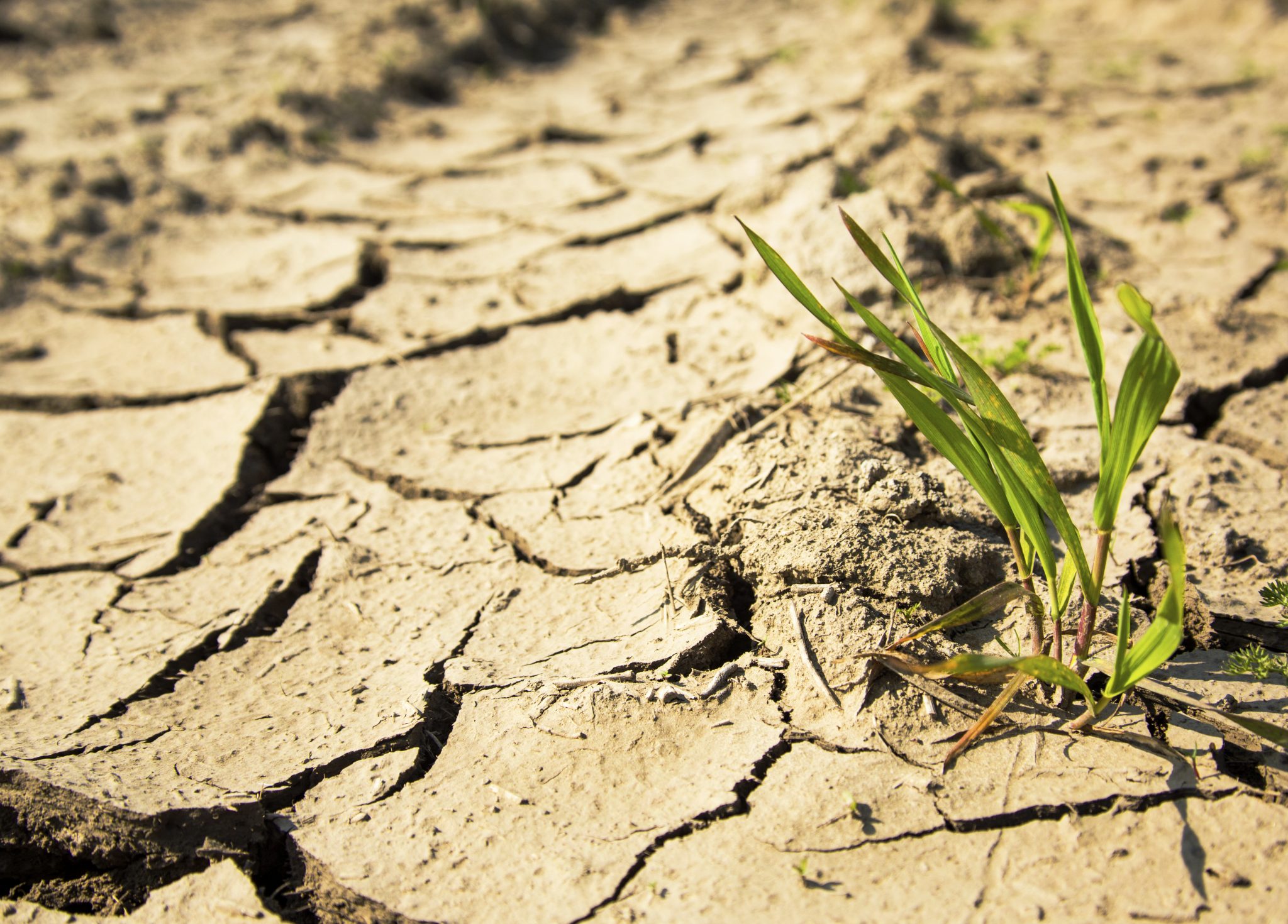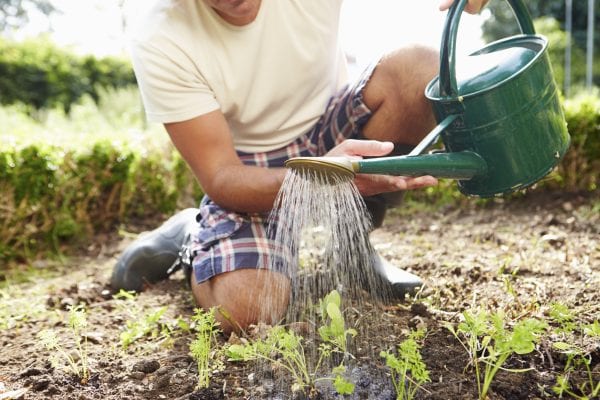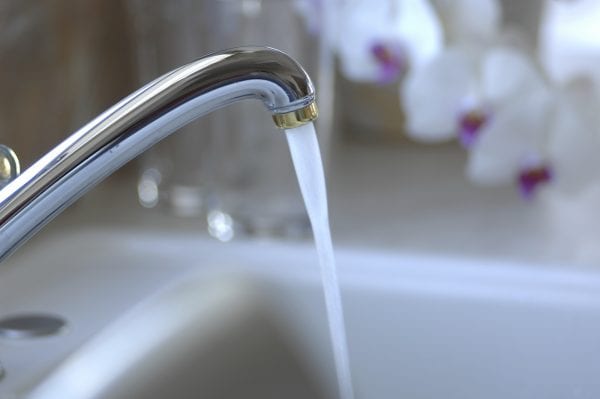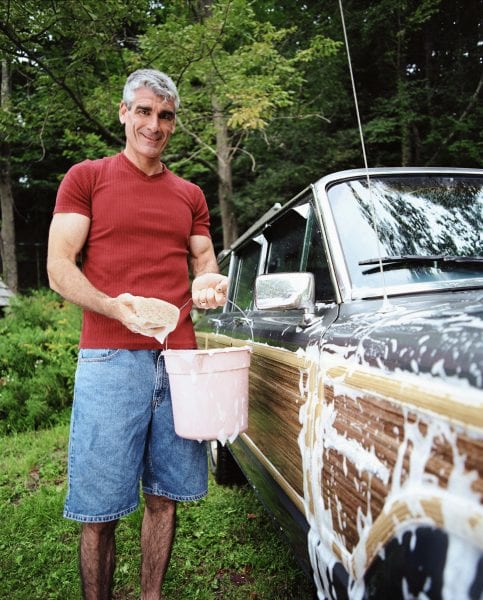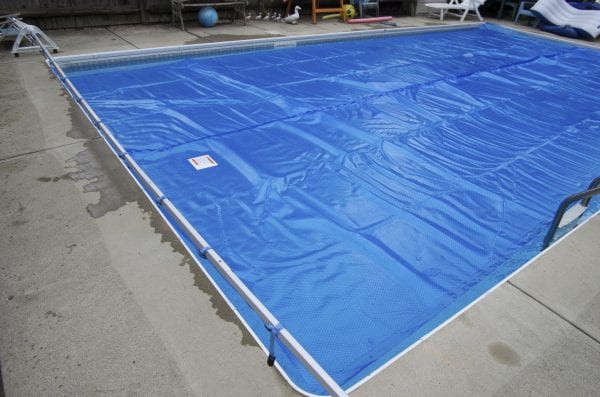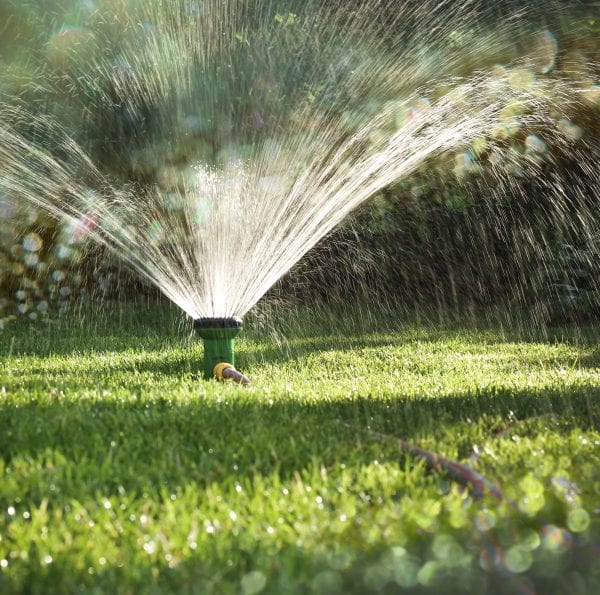Emergency Handbook

A drought is a period of abnormally dry weather that persists long enough to produce a serious hydrologic imbalance, causing, for example, crop damage and shortages in the water supply. The severity of a drought depends on the degree of moisture deficiency, the duration, and the size of the affected area.
Meteorological Drought
An area gets less precipitation than normal. Due to climatic differences, what is considered a drought in one location may not be a drought in another location.
Agricultural Drought
The amount of moisture in the soil no longer meets the needs of a particular crop.
Hydrological Drought
The surface and subsurface water supplies are below normal.
Water Restrictions
In communities where drought conditions exist, officials may recommend water conservation measures to restrict use of water. These recommendations may include watering lawns and washing cars on odd or even days of the week, at night, or on weekends. The restrictions may limit hours, prohibit use of water, or require use of hand watering instead of using sprinkler systems that use much more water. Check with your local authorities or water utility for information on water restrictions that may be imposed in your area.
Conserving water is particularly important when drought strikes, but it’s also a good habit to follow at all times for environmental reasons. Try to do at least one thing each day to conserve water!
Indoor Water Conservation
- Never pour water down the drain when there may be another use for it. Use it to water your indoor plants or garden.
- Make sure your home is leak-free. Take a reading of the water meter. Wait 30 minutes without using any water and then take a second reading. If the meter reading changes, you have a leak.
- Repair dripping faucets by replacing washers. One drop per second wastes 2,700 gallons of water per year!
Bathroom
- Check for toilet leaks by adding food coloring to the tank. If you have a leak, the color will appear in the bowl within 30 minutes. Leaky toilets usually can be fixed by replacing the flapper.
- Take shorter showers. Turn the water on to get wet; turn off to lather up; then turn the water back on to rinse.
- Replace your showerhead with an ultra-low-flow version.
- Place a bucket in the shower to catch excess water for watering plants.
- Don’t let the water run while brushing your teeth, washing your face, or shaving.
Kitchen
- Operate dishwashers only when they are full. Use the light wash feature. Most dishwashers can clean soiled dishes well, so you don’t have to rinse beforehand.
- When hand washing dishes, save water by filling two containers—one with soapy water and the other with rinse water containing a small amount of chlorine bleach.
- Don’t use running water to thaw meat or other frozen foods. Defrost food overnight in the refrigerator, or use the defrost setting on your microwave.
- Don’t waste water waiting for it to get hot or cold. Capture it for other uses.
- Kitchen sink disposals require lots of water. Start a compost pile as an alternate way to dispose of food waste.
Laundry
Operate clothes washers only when they are full, or set the water level for the size of your load.
Long-Term
- Retrofit all household faucets by installing aerators with flow restrictors.
- If you are considering installing a new heat pump or air-conditioning system, the new air-to-air models are just as efficient as the water-to-air type and do not waste water.
- When purchasing a new appliance, choose one that is more energy and water efficient.
Outdoor Water Conservation
If you have a well at home, check your pump periodically. If the pump turns on and off while water is not being used, you have a leak.
Washing Cars
- Use a shutoff nozzle on your hose so that water flows only as needed. When finished, turn it off at the faucet to avoid leaks.
- Consider using a commercial car wash that recycles water. If you wash your own car, park on the grass so that you will water it at the same time.
Lawn Care
- Don’t overwater your lawn. Lawns only need to be watered every 5 to 7 days in the summer, and every 10 to 14 days in the winter. A heavy rain eliminates the need for watering for up to 2 weeks.
- Water in several short sessions rather than one long one; your lawn is better able to absorb moisture that way.
- Position sprinklers so that water lands on the lawn and shrubs and not on paved areas.
- Check sprinkler systems and timing devices regularly to be sure they operate properly. Set a timer to remind yourself to turn manual sprinklers off. A garden hose can pour out 600 gallons in only a few hours.
- Raise the lawn mower blade to at least 3 inches or to its highest level. A higher cut encourages grass roots to grow deeper and hold soil moisture, and it shades the root system.
Pool
- If you have a swimming pool, consider installing a new water-saving pool filter. A single back flushing with a traditional filter uses 180 to 250 gallons of water.
- Cover pools and spas when not in use to reduce evaporation of water.
Long-Term
- Plant native and drought-tolerant grasses, ground covers, shrubs, and trees. They don’t need water as frequently and usually will survive a dry period without watering.
- Install water-efficient irrigation devices such as micro- and drip irrigation and soaker hoses.
- Use mulch to retain moisture in the soil. Mulch also helps control weeds that compete with landscape plants for water.
- Participate in public water conservation meetings conducted by your local government, utility company, or water management district. Support projects that lead to an increased use of reclaimed wastewater.
- Follow water conservation and water shortage rules in effect, which may limit hours or prohibit use of water for certain tasks. You’re included in the restrictions even if your water comes from a private well.
- Patronize businesses that practice water conservation, such as restaurants that only serve water upon request.
More Information
Contact your local water authority or utility district, or your local emergency management agency for information specific to your community.
Plan for Efficient Water Use
It is important to plan a design for the landscape. The types of plants used and their location, the condition of the soil, and other factors all affect how much water must be used to maintain the landscape. Divide the landscape into low-, moderate-, and high-water-use areas. Walk around the landscape and identify places where the soil stays moist longer and separate them from the areas fully exposed to the sun where the soil tends to dry quickly. Low-water-use areas should comprise as much of the landscape as possible.
Drought-Tolerant Landscapes for Alabama, ANR-1336
Drink Plenty of Water
Allow people to drink according to their needs. Many people need even more than the average of 1 gallon per day. The individual amount needed depends on age, physical activity, physical condition, and time of year. Never ration drinking water unless ordered to do so by authorities. Drink the amount you need today and try to find more tomorrow. Under no circumstances should a person drink less than 1 quart (4 cups) of water each day. You can minimize the amount of water your body needs by reducing activity and staying cool.
Used by permission of the American Red Cross.
Use pesticides only according to the directions on the label. Follow all directions, precautions, and restrictions that are listed. Do not use pesticides on plants that are not listed on the label. Trade and brand names used are given for information purposes only. No guarantee, endorsement, or discrimination among comparable products is intended or implied by the Alabama Cooperative Extension System. This publication is for information purposes only and should not be a substitute for recommendations or treatment by a health care provider.

